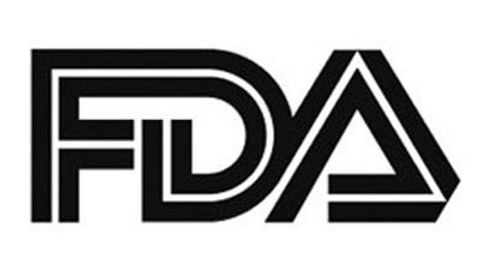FDA Approval Sought for Talquetamab for the Treatment of R/R Multiple Myeloma
Results from MonumenTAL-1 presented during the 2022 ASH annual Meeting have led to the submission of a biologics license application for talquetamab.

A biologics license application has been submitted to the FDA for talquetamab for the treatment of patients with relapsed or refractory multiple myeloma.1
Talquetamab is an investigational, off-the-shelf (ready to use), bispecific T-cell engager antibody that targets GPRC5D. In patients with multiple myeloma, GPRC5D is overexpressed and GPRC5D is therefore a novel target in multiple myeloma. Talquetamab also targets CD3 on T cells.
"Despite the therapies that have been developed for the treatment of multiple myeloma, there remains persistent unmet needs for patients who relapse or become refractory," said Peter Lebowitz, MD, PhD, Global Therapeutic Area Head, Oncology, Janssen Research & Development, LLC, in a press release. "Through our discovery and development of talquetamab, a novel GPRC5DxCD3 bispecific antibody, we remain relentlessly committed to the investigation of innovative therapies for patients and oncologists. We look forward to working closely with the FDA in their review of the talquetamab submission."
Submission of the BLA was based on results from the phase 1/2, first-in-human MonumenTAL-1 trial (NCT03399799; NCT04634552). In the study, the objective response rate (ORR) observed with talquetamab exceeded 70%, according to data presented during the 2022 American Society of Hematology (ASH) Annual Meeting.
Responses included a stringent complete response rate (sCR) of 23.8%, a CR rate of 9.8%, a very good partial response rate (VGPR) of 25.9%, and PR rate of 14.7% among patients treated with talquetamab 0.4 mg/kg. Among those treated with 0.8 mg/kg, the sCR was 20.0%, the CR rate was 12.4%, the VGPR was 24.8%, and the PR rate was 15.9%. The rate of objective responses was consistent across all patient subgroups. The median duration of response was not reached.
A total of 339 patients were included in the analysis. One-hundred forty-three patients were treated at the 0.4 mg/kg dose level, 145 were administered 0.8 mg/kg of talquetamab, and 51 patients were a part of a third cohort in which patients could receive either dose level, and were allowed to have previously received prior T-cell redirection therapy.
The primary end point of the study was ORR, and the secondary end points included DOR, VGPR, CR rate, sCR, time to response, progression-free survival, overall survival, minimal residual disease negativity rate, the number of patients with adverse events (AEs), number of patients with serious AEs, number of patients with abnormalities in clinical laboratory values, serum concentration of talquetamab, number of participants with talquetamab antibodies, and health-related quality of life measures.
It was also reported during the ASH presentation that the median progression-free survival was 7.5 months (95% CI, 5.7-9.4) in the 0.4 mg/kg cohort and 11.9 months (95% CI, 8.4-not estimable) in 0.8 mg/kg cohort.
In terms of safety, the most common high-grade hematologic adverse effects (AEs) were cytopenias. In both dose cohorts, the common grade 3/4 AEs were anemia (31.5% and 24.8%), neutropenia (30.8% and 22.1%), lymphopenia (25.9% and 25.5%), and thrombocytopenia (20.3% and 16.6%). Infections were also seen in the study 57.3% in the 0.4 mg/kg cohort and 50.3% in the 0.8 mg/kg cohort. In each cohort, respectively, 16.8% and 11.7% of infections were high grade. There was a low rate of treatment discontinuation in the study.
Common toxicities of any grade shown in the lower-dose cohort included cytokine release syndrome (CRS; 79.0%), skin AEs (55.9%), and nail AEs (51.7%). The high-grade AEs were fatigue (3.5%) and pyrexia (2.8%). In the 0.8 mg/kg cohort, AEs of any grade included CRS (72.4%), skin AEs (67.6%), and dysgeusia (46.2%), with high-grade toxicities including rash (5.5%) and dysphagia (2.1%).
REFERENCES:
1. Janssen submits biologics license application to U.S. FDA for talquetamab for the treatment of patients with relapsed or refractory multiple myeloma. News release. Janssen. December 9, 2022. Accessed December 13, 2022. https://prn.to/3iZbYMB
2. A study of talquetamab in participants with relapsed or refractory multiple myeloma. Clinicaltrials.gov. Updated December 2, 2022. Accessed December 13, 2022.
Gasparetto Explains Rationale for Quadruplet Front Line in Transplant-Ineligible Myeloma
February 22nd 2025In a Community Case Forum in partnership with the North Carolina Oncology Association, Cristina Gasparetto, MD, discussed the CEPHEUS, IMROZ, and BENEFIT trials of treatment for transplant-ineligible newly diagnosed multiple myeloma.
Read More